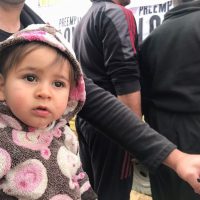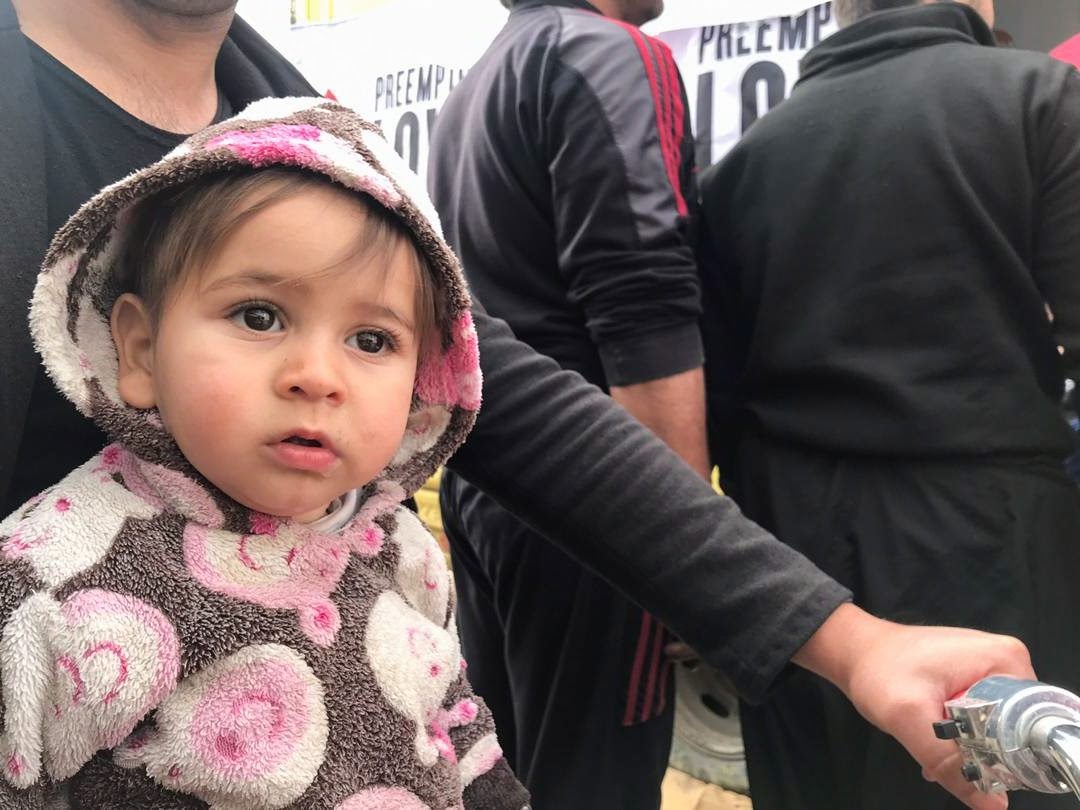As COVID-19 cases worldwide pass 2.5 million, a massive number of us are under shelter-in-place orders. In the US, unrest is growing, as people struggle with the pain of staying home. Losing income. Watching the economy crumble.
Political divides threaten to tear us even further apart, just when we need each other the most.
As much as this hurts (and it does), as much as we miss our friends and events, as much as we long to return to the life we knew—our choices matter, maybe now more than ever.
We aren’t just social distancing to protect ourselves. We’re making these sacrifices to keep the most vulnerable among us—the elderly, the immunocompromised, those with underlying health conditions, essential workers, and those without access to healthcare—healthy and safe.
COVID-19 anywhere is a threat to everyone, everywhere.
For members of our team, this threat is anything but theoretical. We asked some of them to share who you are helping when you stay home.
Healthcare Workers
Diana Oestreich
My favorite person in the world, my husband, has asthma. He is super-dad on weekends, making pancakes for our kids. And on weekdays he flies out the door to go to work as a doctor.
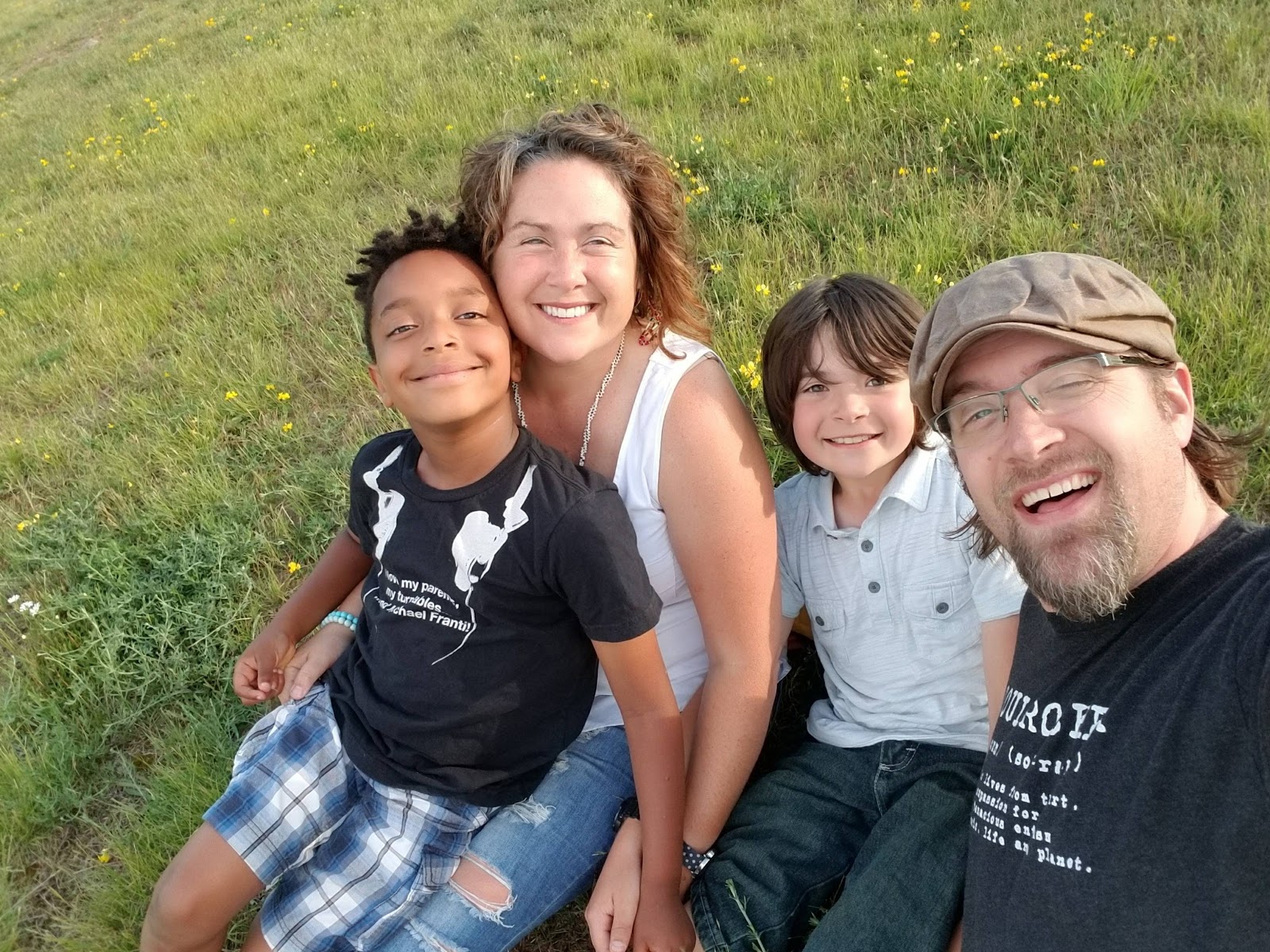
He knows his risks of contracting coronavirus. He understands his own underlying respiratory condition, and the fear of bringing it home to his family—including our son, who also has asthma.
What he doesn’t know is whether people are containing the spread or are contributing to his risk of catching the disease.
When you stay home, you protect my family. You protect the millions of healthcare workers we all rely on, now more than ever.
These brave doctors and nurses and lab technicians—they are dads and moms, and they, too, have underlying conditions and children at risk. But they still go to work, for you.
We can’t end the pandemic overnight, but we can give our healthcare workers confidence that their communities are championing their safety. That they can count on us to do our part, just as they are tirelessly doing theirs.
Pregnant Moms & Babies
Lindsey Pruett-Hornbaker
For a little while, this was one of the most joyful seasons of my life. Last fall, my wife and I found out we were expecting our first baby––I was growing a healthy little girl, due in early summer.
Then things shifted quickly.
When the novel coronavirus began its spread in the US, we had lots of questions and fears—and very few answers or pieces of hopeful news. Not even healthcare practitioners know exactly what the effect of COVID-19 is on a pregnant person or a baby in utero. We only know that pregnancy puts a person at higher risk for contagious disease. I was told by my own care providers to be extra cautious, to self-isolate, and to know things may change quickly.
Now, this season is a little scarier. As the virus continues to spread, it has become more and more clear that my family can’t survive this alone. My wife and I can stay home to protect our baby. We can cancel our upcoming baby shower and ask for family and friends to check-in via phone.
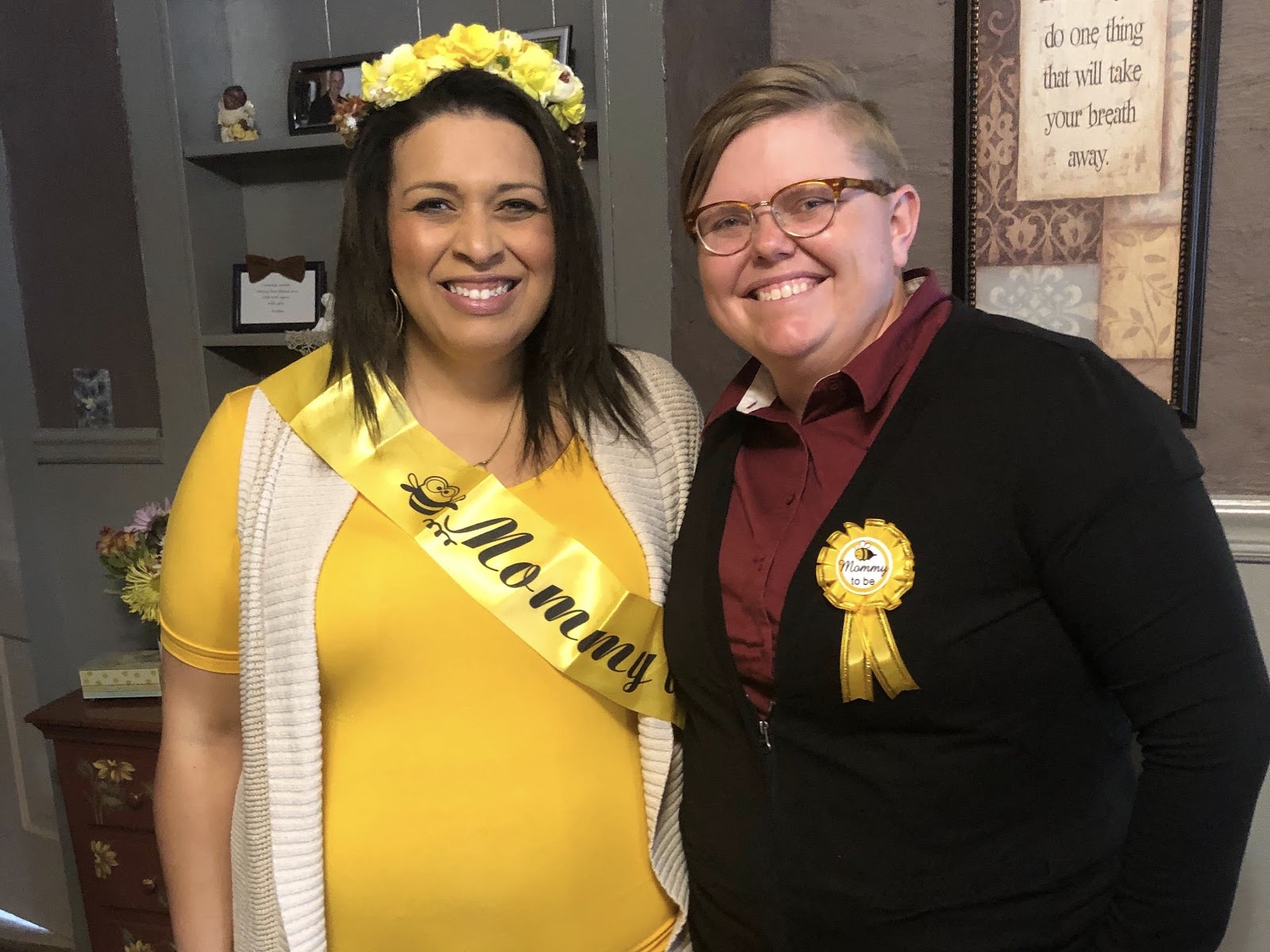
But we have to trust that when one of us has to go out to buy groceries, no one else in the store is carrying a mild or asymptomatic version of the illness. We have to rely on our community to practice social distancing, to keep themselves healthy—so the hospital doesn’t become too crowded. We have to deal with the possibility there won’t be enough personal protective equipment for our midwives and nurses when it’s time for our baby to arrive.
If things continue to get worse as predicted, we have to prepare for a birth that doesn’t include any family––that may not include even my wife, due to health and safety concerns. We are scared and we are grieving, but we are hopeful that our community will recognize that practicing social distancing is the best way to belong to each other right now.
The Story-Bearers
Erin Wilson
When news of the novel coronavirus first began to leak from China, there wasn’t much known about it, other than the fact that it could be deadly. Many of those who contracted the virus and died were older people.
“Older people.” And by that, I mean folks over 55 years old. They are a precious resource everywhere, but especially in Iraq.
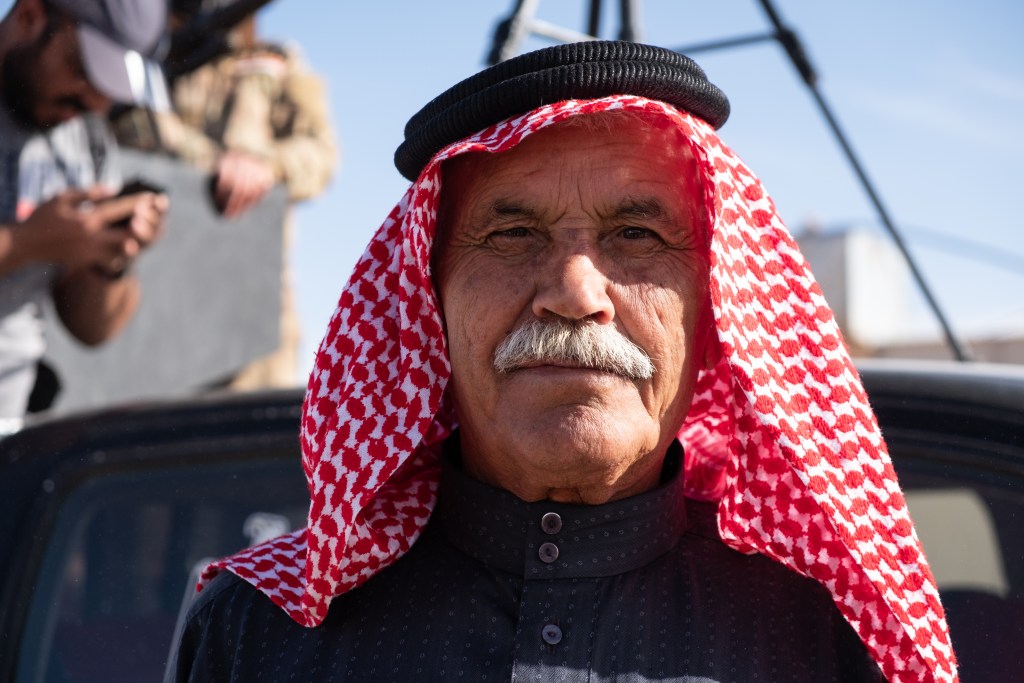
Decades of war and violence, political unrest which led to starvation, and a medical system slow to develop because of instability—this all has devastating ramifications for Iraq’s population.
Today, the median age in Iraq is just 21 years old. Nearly 60% of the population is under the age of 24.
So what about Iraq’s “older people,” those 55 and older? Somehow they survived waves of suffering throughout their lifetimes… and today they represent just 8% of the population.
Iraq has lost so many of its story-bearers to war. Its history keepers. Its community builders. Its culture preservers. Its hard-won wisdom sharers. Gone. Because of violence.
I stay home to protect those who survived. To protect their role in society. To protect their precious stories. Some, particularly those in Iraq, might say it’s a duty to protect them. For me, it’s a privilege.
Refugees
Zachariah Thrasher
There is no social distancing when you’re a refugee or an asylum seeker. When you’re stuck in a shelter or detention center.
Only 57 public hospitals are fully functioning in Syria. And there is only one laboratory in nearby Damascus that is nationally designated to test for COVID-19. With the threat of coronavirus, Syria has recently allowed medical students who haven’t completed school to start providing medical care.
In northeast Syria, occupying Turkish forces have repeatedly cut off water. How do you cope with the basic challenge of living day-to-day, much less washing your hands for 20 seconds?
In addition to crowded refugee camps, the virus would be deadly in detainment centers and prisons. Here, inmates are even more crowded than refugee camps, often living in squalid conditions.
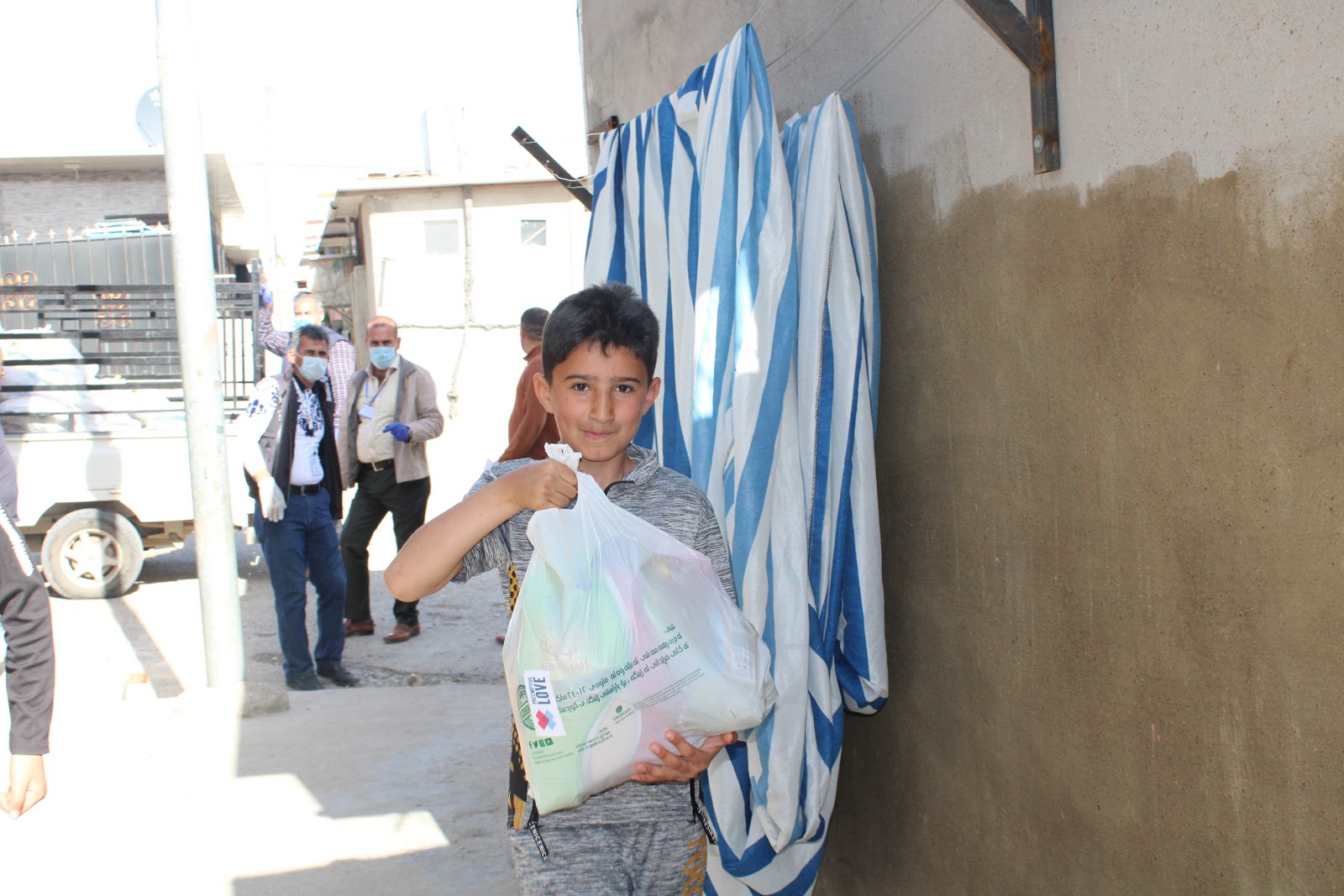
For those who already had very little, whose resources were already stretched thin, whose access to healthcare and food was already limited, coronavirus creates even more challenges. For those still fleeing violence in Idlib, Syria, for those who daily worry how they’ll feed their family, COVID-19 is not their greatest worry.
But if COVID-19 would strike their camp, it would spread fast. Testing would be barely available. And healthcare workers could not cope.
COVID-19 has changed all of our lives. But for the most vulnerable, for those who have spent the past few years on the run for their lives, for those without access to grocery stores or hospitals, who already struggled to find day labor to earn an income, this virus is another devastation, on top of so many others.
Our Parents & Our Community
Charlene Winfred
I came back to my mother’s home in Singapore as COVID-19 hit Iraq. I’m lucky—I come from a place where healthcare is world standard and the government response is rapid and competent. This is absolutely a privilege, and one I’m weak-kneed with gratitude for right now.
My respiratory system is pretty well compromised. Asthma, bronchitis, pneumonia—I’ve had them all, some of them multiple times. Respiratory illnesses hit me hard—so COVID-19’s threat of pneumonia to those with underlying health issues is almost a guarantee for me, if I were to be infected.
My mum’s flat is pretty small by American standards—around 700 square feet—which is normally plenty of room for us both. When I first returned from Iraq, I chose to self-isolate for the requisite 14 days, to make sure that I was symptom-free. And what is otherwise a roomy space for two people turned out to be too tight for keeping the regulation 6 feet from each other at all times. This was a big challenge especially in shared spaces like the kitchen, when she and I are home all day.
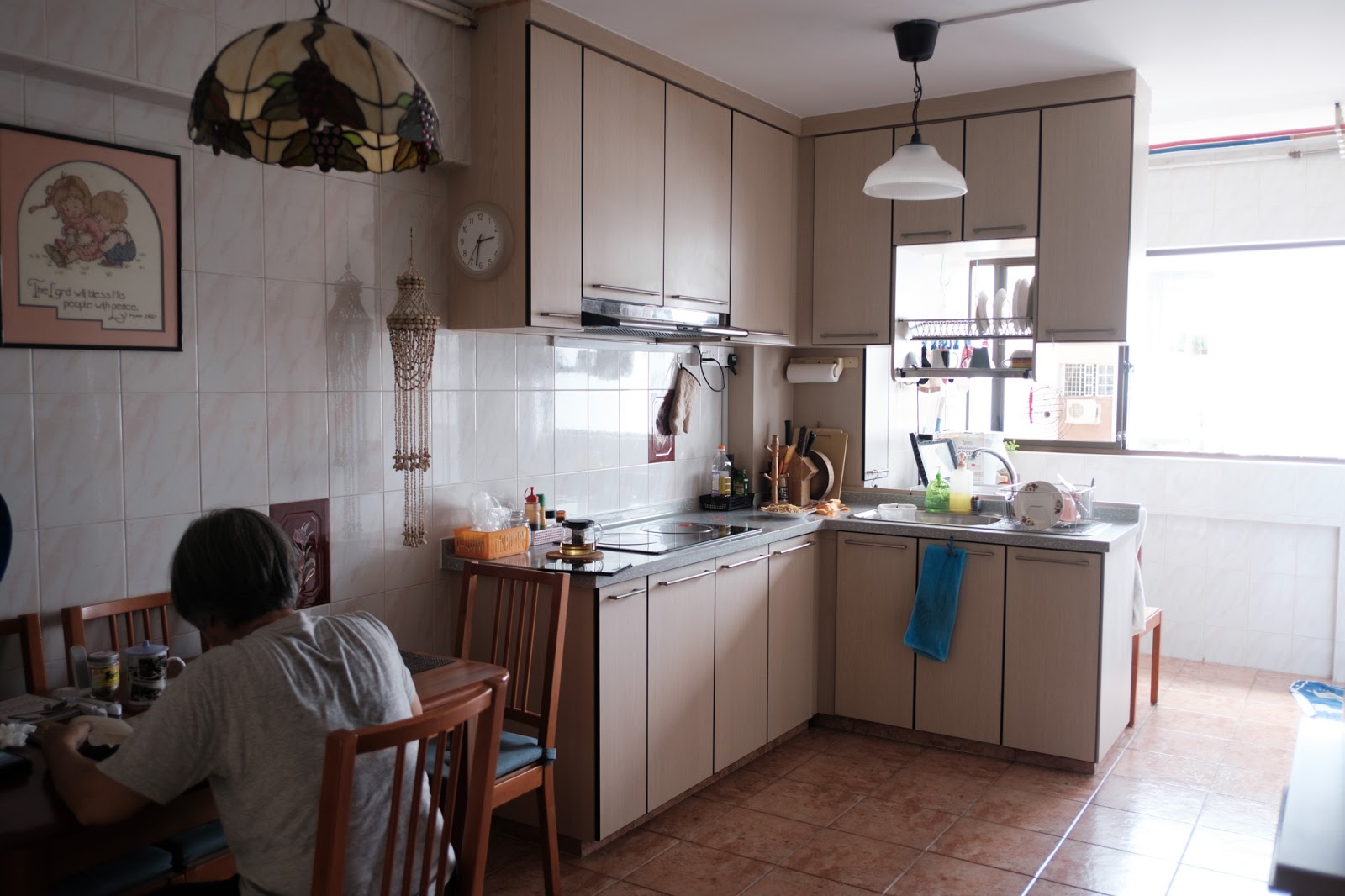
The part of the suburb where I live is 30 or 40 years old, so its population of elderly—65 years or older—is very high. In my floor of the apartment block we live in, 9 out of 10 households have at least 1 member above the age of 65. This includes my own: Mum is 70.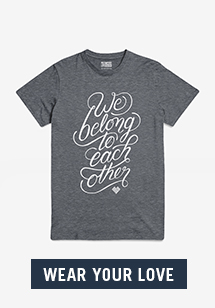
If I get hit by this virus, I know I’ll go down pretty hard. But I have enough confidence in my country’s healthcare system and my relative youth, to rate my chances of recovery pretty highly. For older people though? All of the research and analysis about the virus causing this pandemic suggests that their chance of recovery isn’t as good as my own.
As countries struggle to allocate ventilator and intensive care resources to the burgeoning number of severe COVID-19 cases, doctors are increasingly having to choose who to give these resources to.
When it comes to these choices, one trend emerges globally: if medical staff have to choose between a younger person and an older one, the older loses out. That older person could be any one of my neighbors, the people who have been a part of my parents’ lives for over 20 years that they’ve lived here.
Or it could be my mother.
This is a terrible thought, every single time.
I can’t control if Mum or any of the neighbors pick up this virus from anyone or anywhere else. But I do have control over how well I protect myself from picking it up. Because that’s inevitably protecting my mum’s life, and that of my community, too.
The Immunocompromised
Kayla Craig
Just one year ago, a respiratory virus attacked my three-year-old daughter, Eliza. The virus quickly turned into pneumonia, life-threatening sepsis, and respiratory failure.
I still hear the monitors beeping and the machines whirring, but most of all, I hear the silent screaming of my own fears and thoughts. I still see the moment when she was intubated, the exact sliver of time when her lungs were too weak for a ventilator and she needed to be placed on an oscillator, a machine that shook her tiny body as her lungs were artificially filled with air.
I don’t wish that experience on anyone.
After a long month full of care and compassion from doctors, nurses, and staff—and lifesaving medicine, machines, and blood products—my daughter came home. I finally felt like I could breathe again, too. She is happy and healthy. I don’t take it for granted.
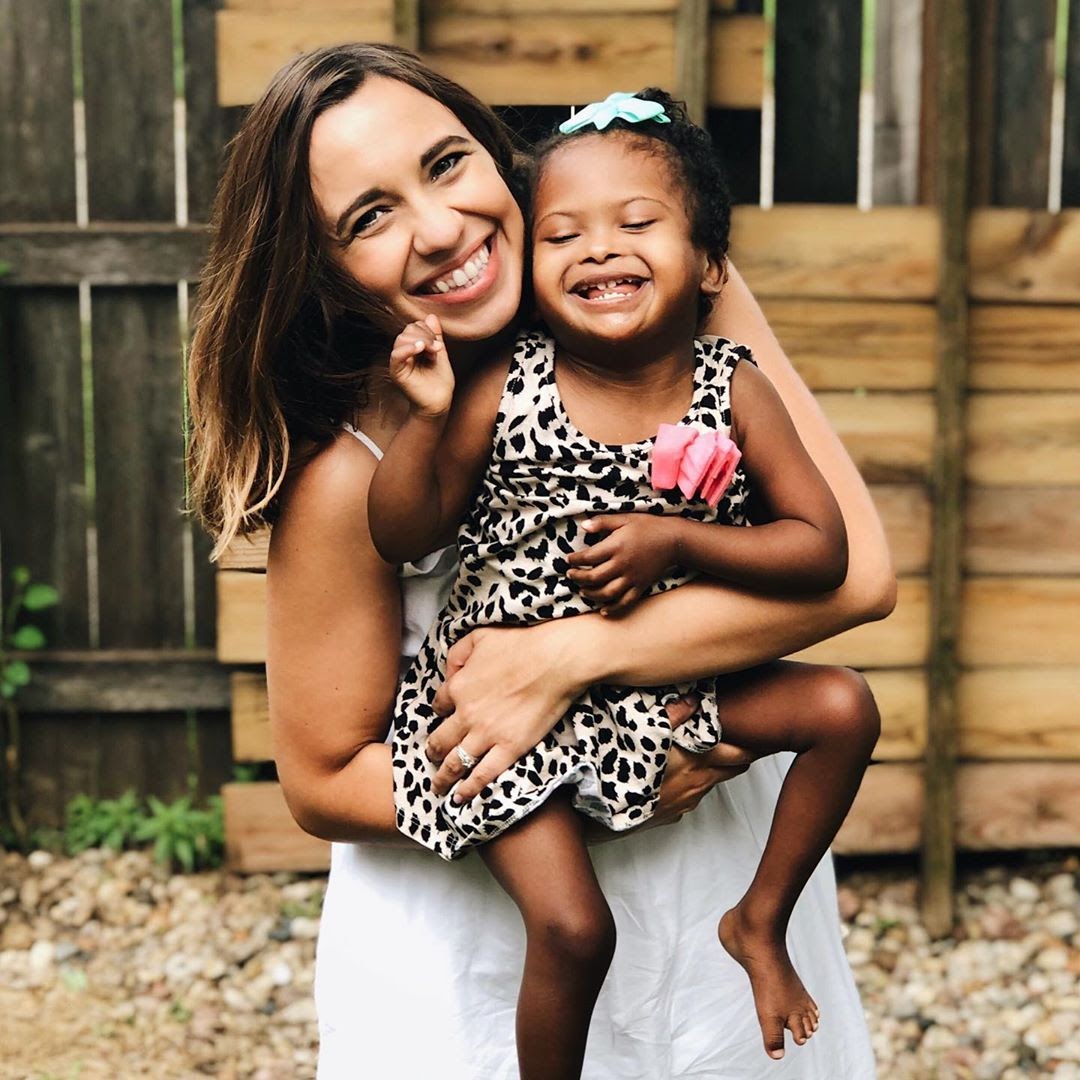
When you stay home, you stay home not only for Eliza, but for millions of others like her who are immunocompromised, too.
Many have invisible illnesses that make their bodies much more prone becoming dangerously ill by COVID-19. My son Joseph is also one of those people. He has sickle cell anemia, a blood disorder. A sickness can quickly become life-threatening, as blood flow to his vital organs can become blocked. Ordinary viruses have brought him to the ER many more times than I can count, and already in his young life, he has taken a ride in the ambulance and needed lifesaving blood.
When you stay home, you protect yourself, which in turn, protects the most vulnerable. COVID-19 isn’t something they can recover from at home. It means hospitalization, medical machines, and relying on an already overloaded health care system. For many, the gap between health and near-death is precariously small. They don’t have the luxury of assuming their body would easily fight the virus.
We are staying home for each other. For those in our family and our home, for those in our neighborhood and our community. But also for those across oceans and timezones, those who we’ve never met but who we know deserve a chance at health, at life, at a future.
We belong to one another. Now, more than ever, we know it. And we can live it.

